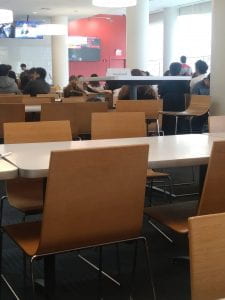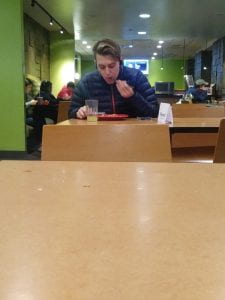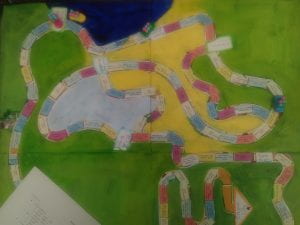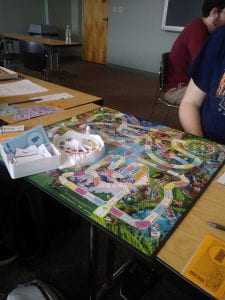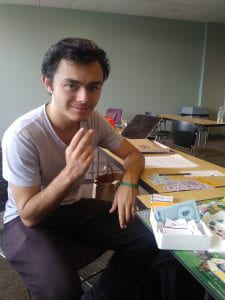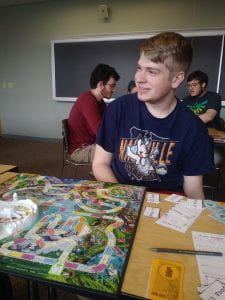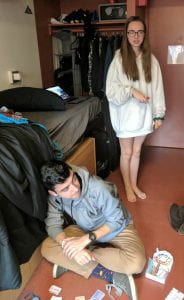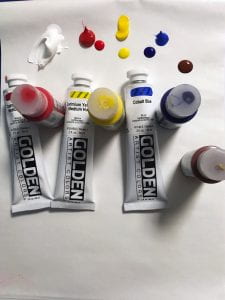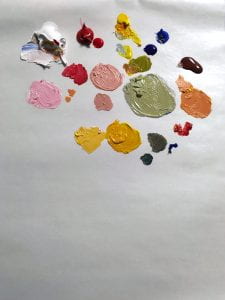For this last project I made a Twine game. My idea was the ecosystem of a forest, specifically that of the coast redwoods in California. You play as Hyperion, the tallest living tree in the world. There are four stats: erosion, pesticide impact, hydration, and fire risk. They grow each turn depending on which situations are randomly chosen from the links clicked. There is little autonomy, only in the form of in-between turns that reveal more text and heal one point, which is not enough to make a difference. It plays between the normal mode of a Twine game, which is augmented story-telling, and the mode of games where your choices make a difference and you have to conserve your stats.
I decided to use this mechanic to illustrate the state of a tree: it has some processes it goes through, but it’s helpless in the face of global warming to protect itself. Writing from the point of view of an inanimate object was an interesting exercise in how they would experience things, and a switch from most games which are about the human condition, not the environmental one. (Originally there were background illustrations as well, in the form of foot prints of the animals described, but they looked weird so I got rid of them. I might add them back in as gifs.) It also became a slightly educational game, as I did a lot of research and incorporated those details into the game.
Originally the idea was that no matter what you clicked, nothing you did could change the outcome of you dying. I kept the game mostly the same through my iterations, except I added “surviving the year” as a sort of winning end state; however, if the player decides to live another year, inevitably they’ll die. I also added in the “Breathe” stages to give the player extra interaction and add more prose. I wanted to encourage replayability so that the player would cycle through all the possible disaster options.
My inspiration was many different things. Several different Twine games, including howling dogs by Porpentine, which deals with monotony, and Sentry by David Labelle, where you are in the position of a content moderator doing the same thing each day, and are sometimes inexplicably fired. Also, Romero’s The Mechanic is the Message game Síochán leat with its inevitable unwinnability which was mentioned in Works of Game. I like how the actual gameplay is what tells the story in the style of art games. I have more text than just mechanic, but the helplessness is the same; hopefully, it helps people understand more about the fragile state of the redwoods and calls them to action.
The download link is here. When you download and open it, it should open in your browser: https://www.dropbox.com/s/imk1zpceisyvq2a/petrucci%20tree.html?dl=0



